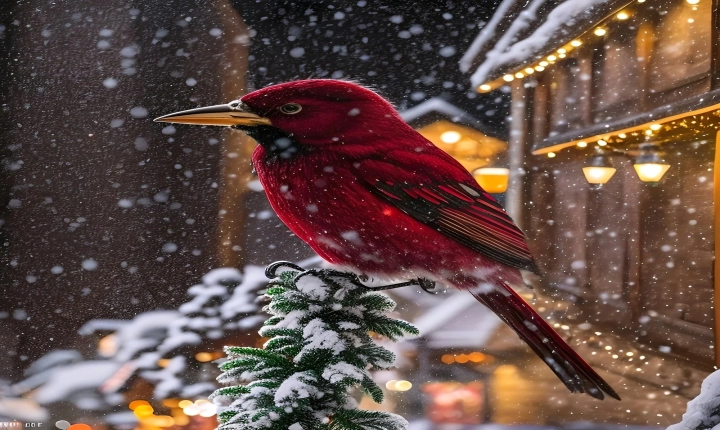Title: How to Create an AI Image Generator
In recent years, the use of artificial intelligence (AI) for image generation has gained significant attention. AI image generators have a wide range of applications, from creating realistic-looking photos to generating artwork and even assisting in medical imaging. In this article, we will explore the steps involved in creating an AI image generator and the various techniques that can be used to achieve high-quality results.
1. Choose a Deep Learning Framework:
The first step in creating an AI image generator is to select a deep learning framework that supports image generation tasks. Popular frameworks like TensorFlow, PyTorch, and Keras offer powerful tools and libraries for building and training AI models. Each framework has its unique features and advantages, so it is important to choose one that best suits your requirements and preferences.
2. Collect and Preprocess Data:
Data collection and preprocessing are critical steps in building an AI image generator. Depending on the specific application, you may need to gather a large dataset of images to train your model. The quality and diversity of the dataset can have a significant impact on the performance of the AI image generator. Preprocessing steps such as resizing, cropping, and normalizing the images are essential to ensure that the data is compatible with the chosen deep learning framework.
3. Choose a Generative Adversarial Network (GAN) Architecture:
Generative Adversarial Networks (GANs) have emerged as a popular architecture for AI image generation. GANs consist of two neural networks – a generator and a discriminator – that are trained together in a competitive manner. The generator creates synthetic images, while the discriminator learns to distinguish between real and fake images. There are several variations of GAN models, such as DCGAN (Deep Convolutional GAN) and StyleGAN, each with its unique characteristics and capabilities.
4. Train the Model:
Training the AI image generator involves optimizing the parameters of the GAN architecture using the collected dataset. This process typically requires a significant amount of computational resources and time, especially when working with high-resolution images or complex visual data. Techniques such as transfer learning and progressive growing of GANs can be utilized to improve the training efficiency and stability of the model.
5. Evaluate and Refine the Results:
Once the model has been trained, it is crucial to evaluate its performance and refine the generated images. Metrics like Inception Score, Frechet Inception Distance, and Perceptual Path Length can be used to assess the quality and diversity of the generated images. Additionally, exploring techniques such as conditional image generation, image-to-image translation, and style transfer can enhance the capabilities of the AI image generator and expand its creative potential.
6. Deploy and Share the Model:
After the AI image generator has been developed and refined, it can be deployed as a standalone application or integrated into existing software platforms. Sharing the model with the broader community through open-source repositories and collaboration with other developers can facilitate further improvements and innovations in AI image generation technology.
In conclusion, creating an AI image generator involves a combination of data collection, model development, and training processes. By leveraging deep learning frameworks, GAN architectures, and advanced training techniques, developers can build highly capable and versatile AI image generators. As the field of AI continues to advance, the potential for creating realistic and high-quality images using artificial intelligence will only continue to grow.
By following these steps and staying informed about the latest advancements in the field, developers can contribute to the evolution of AI image generation and explore its possibilities in various domains, from entertainment and design to healthcare and scientific research.
